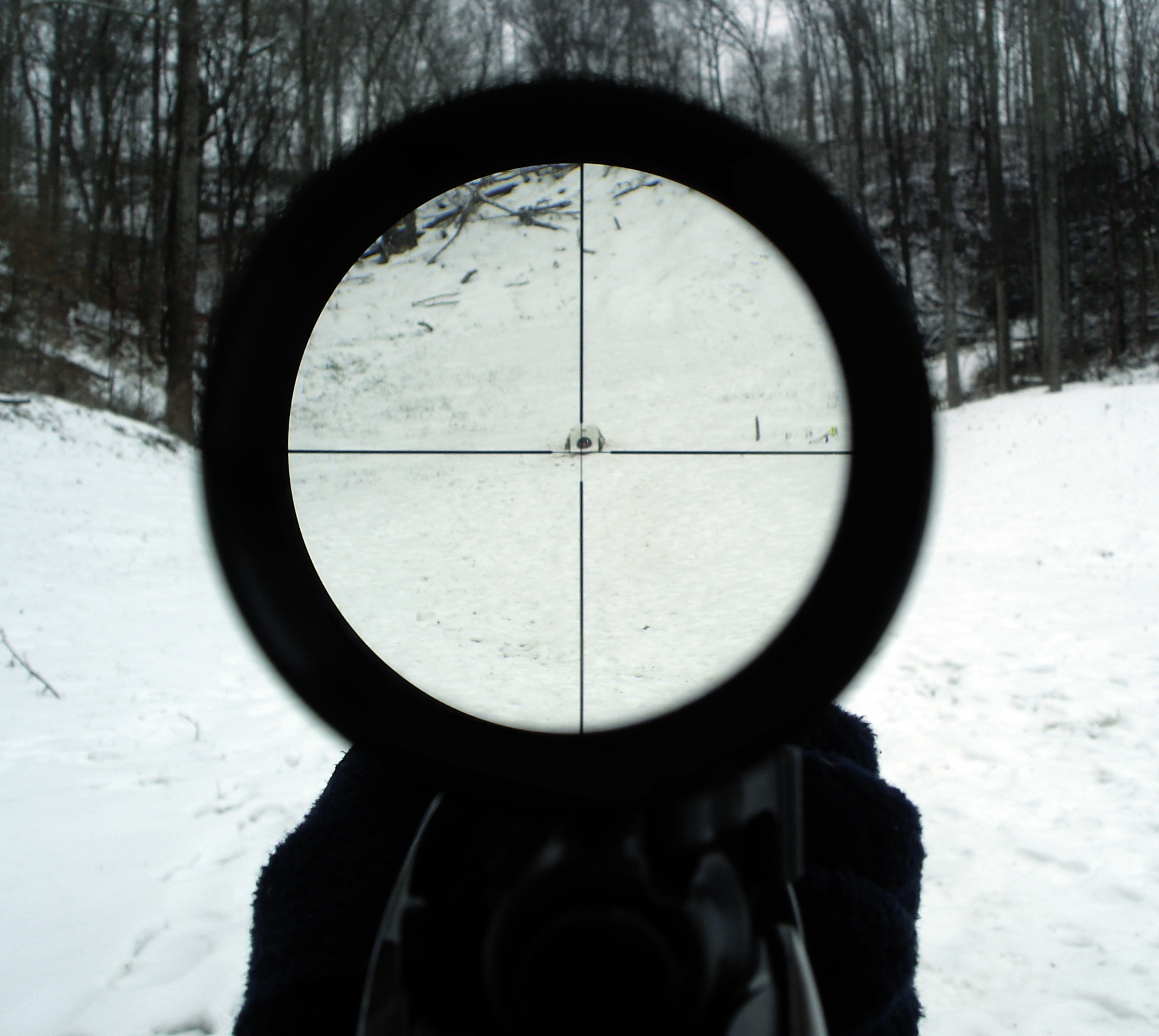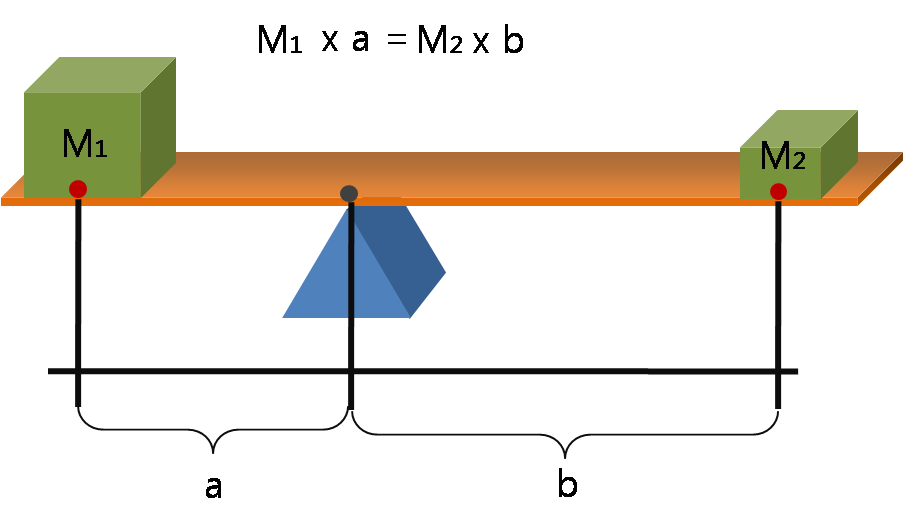|
Sako Quad
Sako Quad is a bolt-action rifle made by the Finnish firearms manufacturer Sako. Quad is delivered in many configurations, and has a quick change barrel system which lets the user swap barrels using a 5 mm hex key. The bolt lift is 50 degrees. Sako Quad factory barrels are delivered chambered for .17 Mach 2 (.17 HM2), .22 LR, .17 HMR and .22 WMR. There are two types of magazines, one type for the shorter .17 M2 and .22 LR, and another for .17 HMR and .22 WMR. Visually, the Sako Quad has many similarities with Sako Finnfire. The Quad is delivered with a blued receiver and barrel, and the barrels are color coded according to their chambering. In cooperation with Sako, Burris has developed a scope sight with corresponding color coding on its elevation turret to match the ballistics of the different cartridges. The stock is available in either wood or synthetic material. The synthetic stock is available with a rubberized grip. The trigger is adjustable from 500 g to 2000&nb ... [...More Info...] [...Related Items...] OR: [Wikipedia] [Google] [Baidu] |
Repeating Rifle
A repeating rifle is a single- barreled rifle capable of repeated discharges between each ammunition reloads. This is typically achieved by having multiple cartridges stored in a magazine (within or attached to the gun) and then fed individually into the chamber by a reciprocating bolt, via either a manual or automatic action mechanism, while the act of chambering the round typically also recocks the hammer/striker for the following shot. In common usage, the term "repeating rifle" most often refers specifically to manual repeating rifles (e.g. lever-action, pump-action, bolt-action, etc.), as opposed to self-loading rifles, which use the recoil and/or blowback of the previous shot to cycle the action and load the next round, even though all self-loading firearms are technically a subcategory of repeating firearms. Repeating rifles were a significant advance over the preceding single-shot breechloading rifles when used for military combat, as they allowed a much grea ... [...More Info...] [...Related Items...] OR: [Wikipedia] [Google] [Baidu] |
Gun Barrel
A gun barrel is a crucial part of gun-type weapons such as small arms, small firearms, artillery pieces, and air guns. It is the straight shooting tube, usually made of rigid high-strength metal, through which a contained rapid expansion of high-pressure gas(es) is used to propel a projectile out of the front end (muzzle (firearms), muzzle) at a high velocity. The hollow interior of the barrel is called the bore, and the diameter of the bore is called its caliber, usually measured in inches or millimetres. The first firearms were made at a time when metallurgy was not advanced enough to cast tubes capable of withstanding the explosive forces of early cannons, so the pipe (often built from staves of metal) needed to be braced periodically along its length for structural reinforcement, producing an appearance somewhat reminiscent of storage barrels being stacked together, hence the English name.''A History of Warfare'' - John Keegan, Keegan, John, Vintage 1993. History Gun bar ... [...More Info...] [...Related Items...] OR: [Wikipedia] [Google] [Baidu] |
Sako Finnfire
Sako Finnfire, also known as the Sako Finnfire P94S, is a bolt action rifle made by Finnish firearms manufacturer Sako. The rifle was introduced in 1996, and is no longer in production. The Finnfire was largely based on the Finnscout 78, and also shared some parts with the TRG-S (M995) centerfire series of rifles. One of the main differences compared to the Finnscout 78 was that many of the steel parts on the Finnscout 78 had been replaced with plastic parts, such as for example the trigger guard and the magazine. The rifle had an adjustable single stage trigger where the pull weight could be set between 1–2 kg with a similar design as the TRG-S series. The Finnfire was first launched in the Hunter version, which was followed by the larger Varmint version with a wider forend and heavier barrel. The even larger Range version was added later. All the versions came with walnut stocks and a free floating barrel. The Hunter version had the slimmest stock, while the Varmint ve ... [...More Info...] [...Related Items...] OR: [Wikipedia] [Google] [Baidu] |
Ballistic Table
A ballistic table or ballistic chart is a tool which predicts the trajectory of a projectile, and is used to compensate for physical effects in order to increase the probability of the projectile reaching the intended target. Ballistic tables are used in hunting, sport shooting, military and scientific applications. Corrections in ballistic tables are given relative to a zero range. Ballistic charts are often given in angular measurements, with units in either milliradians (mil) or minutes of arc (moa). The tables are usually generated using specifically designed computer programs built on mathematical functions, known as ballistic calculators. The number of inputs to the ballistic calculator can sometimes vary depended on the specific generator, or the user may choose to only input certain variables. For example, a very simple drop table can be made using inputs for the sight adjustment value (in mil or moa), the zero range, intended target ranges, muzzle velocity, caliber, ... [...More Info...] [...Related Items...] OR: [Wikipedia] [Google] [Baidu] |
Telescopic Sight
A telescopic sight, commonly called a scope informally, is an optical sighting device based on a refracting telescope. It is equipped with some form of a referencing pattern – known as a '' reticle'' – mounted in a focally appropriate position in its optical system to provide an accurate point of aim. Telescopic sights are used with all types of systems that require magnification in addition to reliable visual aiming, as opposed to non-magnifying iron sights, reflector (reflex) sights, holographic sights or laser sights, and are most commonly found on long-barrel firearms, particularly rifles, usually via a scope mount. The optical components may be combined with optoelectronics to add night vision or smart device features. History The first experiments directed to give shooters optical aiming aids go back to the early 17th century. For centuries, different optical aiming aids and primitive predecessors of telescopic sights were created that had practica ... [...More Info...] [...Related Items...] OR: [Wikipedia] [Google] [Baidu] |
22 Long Rifle
The .22 Long Rifle or simply .22 LR or 22 (metric designation: 5.6×15mmR) is a long-established variety of .22 caliber rimfire ammunition originating from the United States. It is used in a wide range of rifles, pistols, revolvers, smoothbore shotguns, and submachine guns. In terms of units sold it is by far the most common ammunition in the world today. Common uses include hunting and shooting sports. Ammunition produced in .22 Long Rifle is effective at short ranges, has little recoil, and is cheap to purchase, making it ideal for training. History American firearms manufacturer J. Stevens Arms & Tool Company introduced the .22 Long Rifle cartridge in 1887. The round owes its origin to the .22 BB Cap of 1845 and the .22 Short of 1857. It combined the case of the .22 Long of 1871 with a bullet, giving it a longer overall length, a higher muzzle velocity and superior performance as a hunting and target round, rendering the .22 Extra Long cartridges obsolete. The . ... [...More Info...] [...Related Items...] OR: [Wikipedia] [Google] [Baidu] |
Lever
A lever is a simple machine consisting of a beam or rigid rod pivoted at a fixed hinge, or '' fulcrum''. A lever is a rigid body capable of rotating on a point on itself. On the basis of the locations of fulcrum, load and effort, the lever is divided into three types. Also, leverage is mechanical advantage gained in a system. It is one of the six simple machines identified by Renaissance scientists. A lever amplifies an input force to provide a greater output force, which is said to provide leverage. The ratio of the output force to the input force is the mechanical advantage of the lever. As such, the lever is a mechanical advantage device, trading off force against movement. Etymology The word "lever" entered English around 1300 from Old French, in which the word was ''levier''. This sprang from the stem of the verb ''lever'', meaning "to raise". The verb, in turn, goes back to the Latin ''levare'', itself from the adjective ''levis'', meaning "light" (as in "not heavy") ... [...More Info...] [...Related Items...] OR: [Wikipedia] [Google] [Baidu] |
Hex Key
Hex keys of various sizes Socket head screws of various sizes A hex key (also, hex wrench, Allen key and Allen wrench) is a simple driver for bolts or screws that have heads with ''internal'' hexagonal recesses (sockets). Hex keys are formed from a single piece of hard hexagonal steel rod, having blunt ends that fit snugly into similarly-shaped screw sockets. The rods are bent to 90º, forming two arms of unequal length resembling an "L". The tool is usually held and twisted by its long arm, creating a relatively large torque at the tip of the short arm; it can also be held by its short arm to access screws in difficult-to-reach locations and to turn screws faster at the expense of torque. Hex keys are designated with a socket size and are manufactured with tight tolerances. As such, they are commonly sold in kits that include a variety of sizes. Key length typically increases with size, but not necessarily proportionally so. Variants on this design have the short end i ... [...More Info...] [...Related Items...] OR: [Wikipedia] [Google] [Baidu] |
Modular Weapon System
A modular weapon system (MWS) is any weapon equipment which has removable core components (or " modules") that can be reconfigured/interchanged to give the weapon different capabilities to adapt to various applications. Modularity can provide several advantages to military organizations, such as the versatility of allowing units to quickly tailor their weapons to best suit the immediate tactical needs, to quickly repair/exchange malfunctioned components, and to reduce overall logistical burdens and costs. However, it also make the legal tracking and technical categorization of a weapon more complicated as it can now be easily converted into a diverse variety of different forms.* For example, the Stoner 63 is a 5.56×45mm NATO-caliber modular small arm system using a variety of modular components, which can be configured as a rifle, a carbine, a top-fed light machine gun, a belt-fed squad automatic weapon, or a vehicle mounted weapon. A modular firearm can also be useful fo ... [...More Info...] [...Related Items...] OR: [Wikipedia] [Google] [Baidu] |
SAKO
Sako or SAKO may refer to: People with the surname * Bakary Sako (born 1988), French-born Malian footballer * Hygerta Sako, Albanian beauty pageant contestant * Louis Raphaël I Sako (born 1948), Iraqi cleric, head of the Chaldean Catholic Church * Masato Sako (1946–2003), Japanese actor * Morike Sako (born 1981), French footballer * Kenichi Sako (born 1970), Japanese basketball player * Sevkaretsi Sako (1870–1908), Armenian revolutionary * Tomohisa Sako (born 1991), a Japanese singer * Yago Alonso-Fueyo Sako (born 1979), Côte d'Ivoire-born Equatoguinean footballer * Yugo Sako (c.1928–2012), Japanese film maker Other uses * SAKO (programming language), a Polish 1950s programming language * Sako Station, a railway station in Japan * SAKO, a Finnish firearm manufacturer * A diminutive form of the Armenian male name Sargis Sargis or Sarkis ( hy, Սարգիս, ; , ) is a male given name in both Armenian and Assyrian communities. It is the reduced form of the Armenian ... [...More Info...] [...Related Items...] OR: [Wikipedia] [Google] [Baidu] |
Bolt-action
Bolt-action is a type of manual firearm action that is operated by ''directly'' manipulating the bolt via a bolt handle, which is most commonly placed on the right-hand side of the weapon (as most users are right-handed). Most bolt-action firearms use a rotating bolt design, where the handle must first be rotated upward to unlock the bolt from the receiver, then pulled back to open the breech and allowing any spent cartridge case to be extracted and ejected. This also cocks the striker within the bolt (either on opening or closing of the bolt depending on the gun design) and engages it against the sear. When the bolt is returned to the forward position, a new cartridge (if available) is pushed out of the magazine and into the barrel chamber, and finally the breech is closed tight by rotating the handle down so the bolt head relocks on the receiver. Bolt-action firearms are generally repeating firearms, but some single-shot breechloaders also use bolt-action des ... [...More Info...] [...Related Items...] OR: [Wikipedia] [Google] [Baidu] |

.png)





